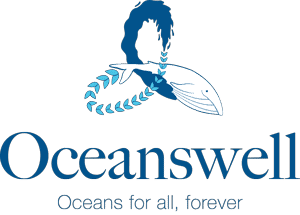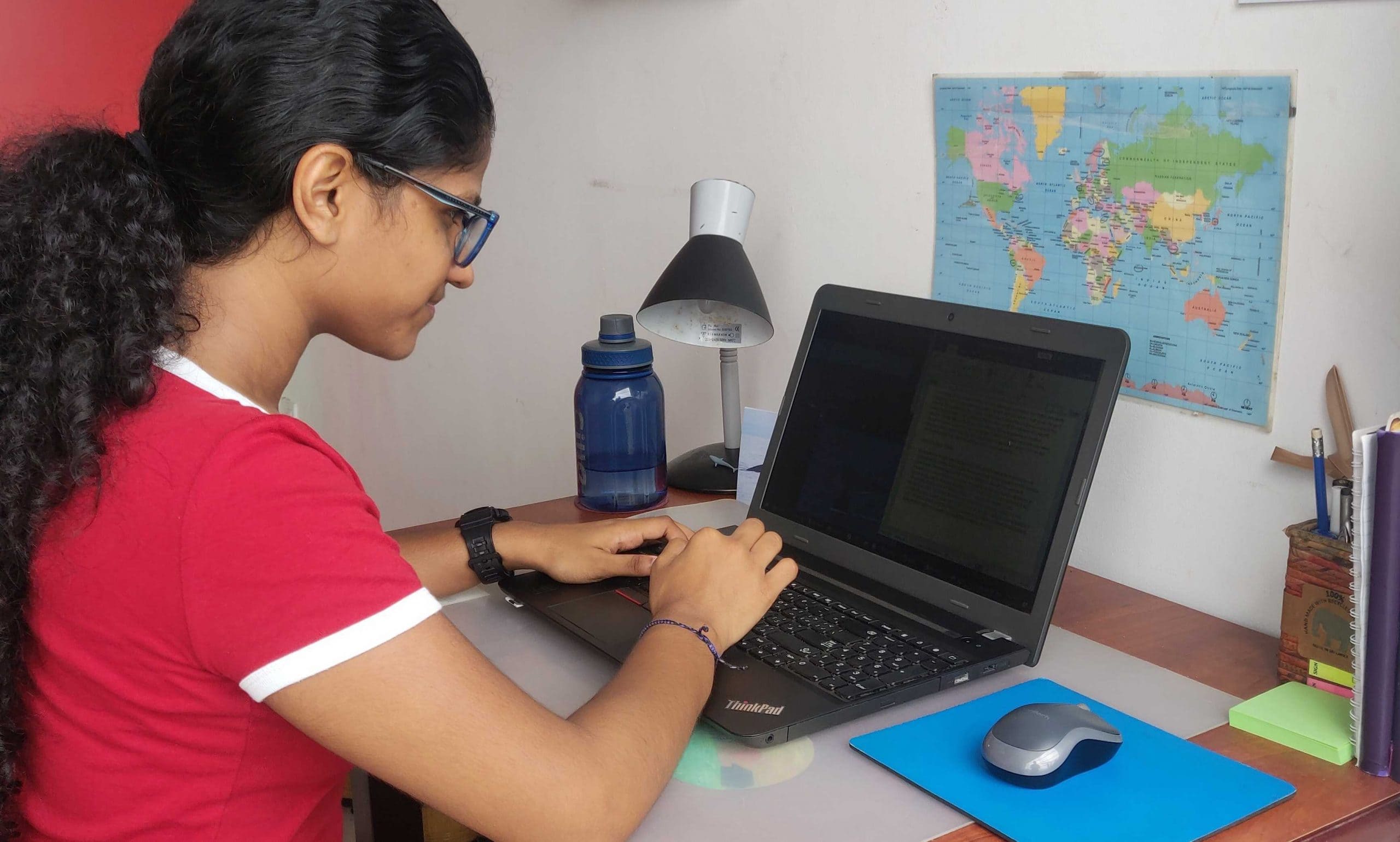By Christina Ekanayake
The ocean has always been a place of mystery to me. The vastness of this environment was unfathomable and I knew all I wanted to do was explore this world that is as beautiful as it is scary. Learning about marine life was one thing I was always determined to do, but it was only a few years ago that I decided I would make a career out of it. I was filled with curiosity about the animals that inhabit our oceans which led me to learn more about them.
One creature that caught my attention was the blue whale, the largest animal to ever live! Unfortunately, I’ve never had the opportunity to see a blue whale in its natural habitat but I’m impatiently waiting for the chance. When I learnt that there was a non-migratory population of pygmy blue whales in Sri Lankan waters that was different to other blue whale populations, I felt a personal and somewhat ‘homely’ connection to them. However, as I learnt about this species’ ways of life and characteristics, the threats they faced became more prominent. I was worried that, like myself, there were so many people who haven’t had the opportunity to observe such a majestic creature and they might not get to because of these threats. I was inspired to not just learn about them, but to become a part of the solution. That was when I decided that as much as I wanted to become a marine biologist, I had a duty towards becoming a conservationist too.
In the beginning, I didn’t fully understand the significance of conservation. I used to be one of those people who said “It’s okay, we still have time. It’s not that bad now.” From what I have learnt over the past few years – the time for change really is now. What opened my eyes to the need for conservation in our oceans was the ongoing struggle with the North Atlantic right whale population. These creatures grow to about 14 metres in length 1, have enormous heads and arching jaws, making them look almost alien! They are a type of baleen whale (whales that filter-feed using large comb-like structures called baleen, which are made out of keratin – the same stuff in our fingernails and hair) and feed on tiny crustaceans. North Atlantic right whales have baleen plates up to 3 metres long! I was fascinated by them, so I delved deeper into their lives and that’s when I learnt of their tragic history.
During the period of commercial whaling (the practice of hunting whales for meat and oil) from the 11th century to the late 1980s, North Atlantic right whales were one of the most targeted species of whale. It is believed that this leviathan was given its name because it was seemingly the ‘right’ whale to hunt, attributed to its slow speed, predictable behaviour and the fact that its carcass didn’t sink after being killed1. Whaling got so out of hand that North Atlantic right whales were almost driven to extinction. Their global numbers pre-whaling were between 9,000 to 21,000 individuals2. After the late ’80s, their numbers declined drastically to less than 4002.
In response to the declining numbers, the International Whaling Commission, established in 1946, got involved. They introduced a moratorium on whaling during the 1980s. This conservation effort was kickstarted because activists took to the streets to protest for the protection of the right whales. This bold stand started a ‘save the whales’ movement, one of the biggest conservation victories in the last 50 years3. Whaling for profit was also banned which eventually led to a decline in the demand for whale meat and oil. The ban on whaling and decline in the whaling industry saved what was left of the North Atlantic right whales. This is why marine conservation is important to me, because I believe if individuals can come together to unite under one common goal, feats that seem impossible become possible.
Similar to North Atlantic right whales, blue whale populations face huge risks in our oceans today. They are often victims of ship strikes, entanglement in fishing nets and plastic and noise pollution4. I believe that if we worked together just like in the past, these threats can be minimised and even terminated. But to achieve this, we need to ensure that creating awareness is an integral part of our conservation mission.
Understanding how important the ocean and its inhabitants are to this planet inspired me to develop a stronger passion for marine creatures and conservation as a whole. Working at Oceanswell has helped me grasp the gravity of the condition of our oceans and how conservation could be the biggest chance these animals have left. Being a part of a team that cares so deeply about the ocean and its inhabitants is not only refreshing, but inspiring. My primary goal is to ensure that our oceans are protected and appreciated, not only for ourselves, but for future generations and this experience has only encouraged me to move forward with my aspiration to become a marine conservationist.
References
- https://iwc.int/right-whale
- https://oceana.org/blog/humans-hunted-north-atlantic-right-whales-near-extinction-now-we-must-save-them
- https://www.independent.co.uk/climate-change/news/a-badge-of-honour-the-fight-to-save-the-whale-7844987.html
- https://www.fisheries.noaa.gov/species/blue-whale

